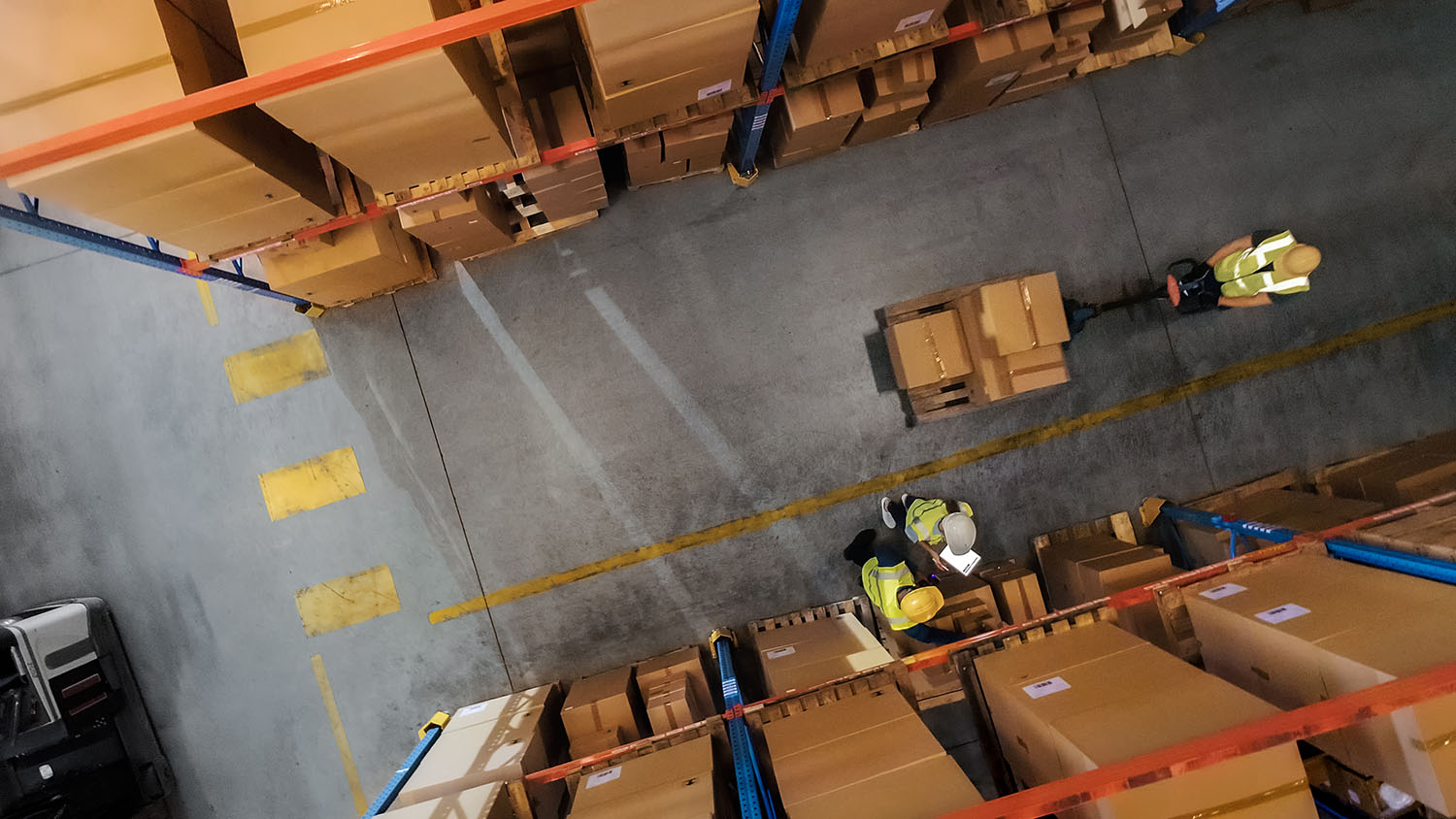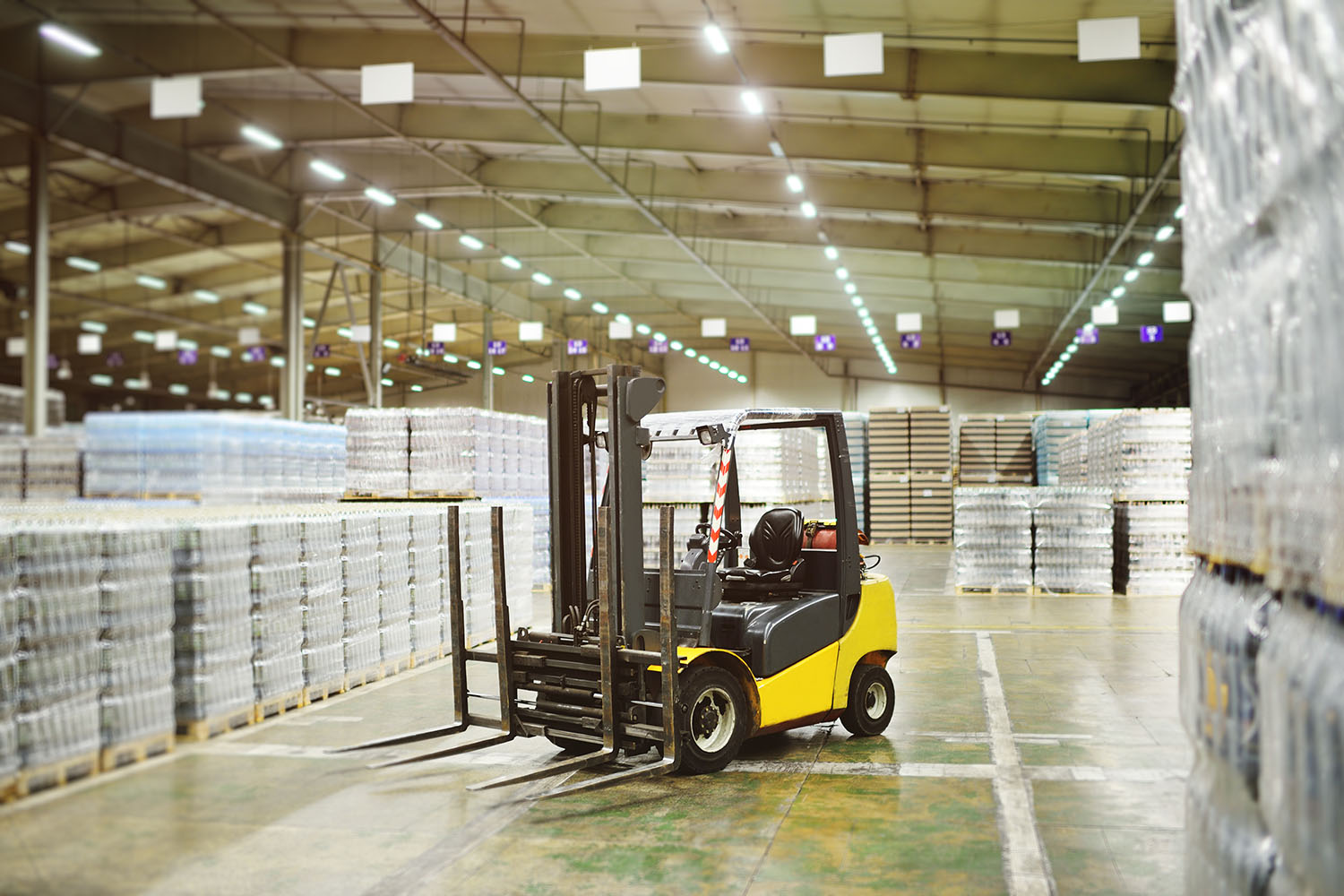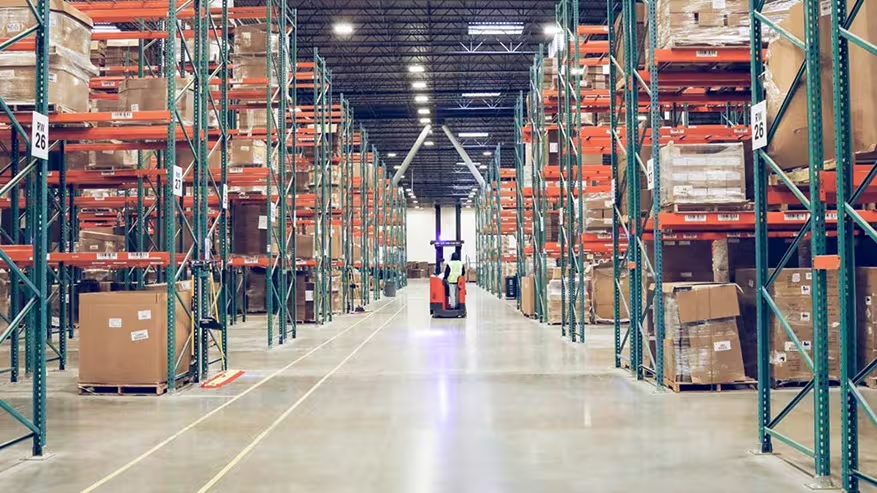The rapid growth of e-commerce has fundamentally changed how businesses handle logistics and fulfillment. With global online retail sales projected to reach $8.1 trillion by 2026, companies, like real life Tony Starks, are under extreme pressure to deliver products faster, more efficiently, and with greater accuracy. (As the Iron Man once put it, “Give me a break! I’m doing what I have to do.”)
This shift has led many businesses to turn to third-party logistics (3PL) fulfillment providers, basically as an F1 pit crew to take care of fulfillment so the company itself can focus on growing fast and meeting rising expectations.
To help break down the complexities of 3PL fulfillment, we tapped expert Don White, Senior Director of Solutions Engineering here at Da Vinci. Having worked at four major WMS companies—Red Prairie, SnapFulfill, ShipHero, and Da Vinci—White deeply understands logistics and 3PL operations and how companies should navigate the 3PL fulfillment decision.
What is 3PL Fulfillment?
3PL fulfillment, or third-party logistics fulfillment, is a service where businesses outsource warehousing, inventory management, picking, packing, and shipping to specialized providers. Inside the four walls of their own warehouses, these vendors, or 3PLs, work with dozens of companies at once, marshalling their expertise and technology to get all those companies’ orders filled and out the door to their destinations.
At its core, 3PL fulfillment is an industry based on efficiency. While you and your business focus on product development, marketing, and customer acquisition, you pay your 3PL partner to be your distribution backbone. That way you can scale without the need for significant capital investment in logistics: warehouses, labor, and technology.
“The proficient 3PL relieves a brand’s corporate management team of handling the distribution portion of the supply chain, other than monitoring it,” says White.
A logistics expert who got started as a Navy Supply Corps Officer, White has seen the 3PL industry boom while working for multiple WHS companies that specialize in helping 3PLs excel. “If the brand values that freedom to focus on making and marketing the product rather than shipping it,” he says, “then the partnership with a 3PL is the success story for them as well as for the 3PL.”
The 3PL Fulfillment Process
To understand why turning over fulfillment to a 3PL can be effective, let’s walk through the meat of what 3PLs do.
1. Receiving and Storage
When your products arrive at the 3PL’s warehouse, staff use mobile scanning devices to unload trucks and verify the contents of each shipment. They check product conditions, quantities, and any discrepancies against the purchase order, trying to prevent costly issues down the line.
Once the products are received, the WMS (the 3PL’s core software system) assigns each item a storage location. These are based on product velocity (how quickly items sell), physical characteristics (size, weight, special storage requirements), and relationship to other products (items often ordered together). Faster-moving products are placed near packing stations for easy access.
2. Inventory Management
Modern 3PLs use inventory management systems that go beyond simple stock counting. These systems, part of a WMS suite, create a digital twin of your physical inventory, tracking every unit in real-time. They monitor stock levels across multiple locations, product movement patterns, seasonal trends, and “when to reorder” timelines, managing to prevent stockouts.
“Once a 3PL has a WMS, it runs every facet of their business,” White says. “Essentially, the whole business is doing logistics and warehousing, and 85% of the day-to-day is run on the WMS software.”
3. Order Processing
When an online buyer or a retailer places an order, the details are sent to the 3PL through API integrations, and the WMS determines how to fulfill the order. It considers shipping carrier cutoff times, current warehouse workload, special handling requirements, and much more.
In this elaborate decision-making process involving thousands of products, the 3PL is incentivized for efficiency. The more it can limit its own costs while getting the product out on time, the better its margins.
4. Picking and Packing
This is the stage where products are retrieved from storage, assembled into orders, and prepped for shipment. Modern 3PLs employ a great number of different picking methodologies tailored to different types of orders and product profiles:
- Wave Picking. Orders are grouped into “waves” based on shared characteristics, such as shipping method, destination zone, or delivery urgency, minimizing redundant trips by staff across the warehouse floor.
- Zone Picking. The warehouse is divided into distinct zones, with each picker responsible for a specific area. Orders with items from multiple zones are passed in a relay system until the order is complete, keeping pickers in one more efficient zone.
- Batch Picking: The picker gathers items for several orders in a single trip through the warehouse. This method is particularly effective for fast-moving products.
The packing station involves more than just putting items in a box—the product needs to arrive in good condition with the least shipping costs. 3PLs use tools like dimensional weight scanners to optimize packaging size. Fragile items or multi-item orders take more care.
Tools can make a difference to a 3PL’s speed. Voice-picking systems allow workers to keep their hands and eyes free. Pick-to-light systems guide workers to exact locations, while mobile scanning devices verify each pick in real-time. Automated conveyor systems move products through the warehouse, and carts with built-in scales verify the weight of picked items match the products and quantities in the order, reducing errors in what ends up on your doorstep.
5. Shipping
Shipping isn’t just the final step—it’s a major cost driver, and the best 3PLs make it a competitive advantage. Instead of simply printing labels and handing off packages, they actively lower costs by comparing real-time carrier rates, selecting the best shipping methods, and reducing dimensional weight fees. They also route to minimize surcharges, and delays are spotted early so issues can be resolved before they impact customers.
Being good at cutting shipping costs can be very good for brands, too, if they negotiate well with the 3PL. “Is the 3PL partner willing to show you shipping savings and pass some of that on to you?” White asks. “3PLs that are healthy are generating more volume of shipments across more carriers than a brand does, so by definition their shipping rates with those main parcel carriers are lower.”
Beyond cost savings, top 3PLs can make shipping less of a black box for brands and their customers. They provide real-time tracking updates, handle cross-border paperwork, and package products to avoid unnecessary fees. A 3PL’s shipping operation can mean faster deliveries, fewer unexpected costs, and a better overall experience for both seller and buyer.
Who Needs 3PL Fulfillment?
The decision to partner with a 3PL often comes at critical growth points in a business’s journey. Here are the primary candidates for 3PL services:
E-commerce Businesses
E-commerce companies face unique challenges that make 3PL partnerships particularly valuable. “E-commerce companies that need a 3PL may have started small,” White says. “As they run out of space in their garage, though, it makes sense that they outsource the fulfillment to a 3PL.”
When order volumes surge—whether from successful marketing campaigns or seasonal spikes—3PLs provide the flexibility to scale operations without massive capital investment. They also make it easier to enter new geographic markets, thanks to their established network of warehouses and carrier relationships.
Direct-to-Consumer (D2C) Brands
D2C brands often lack the infrastructure to handle fulfillment of the products they manufacture. By outsourcing logistics to a 3PL, they can focus on product development and marketing—their core competencies.
3PLs enable D2C brands to distribute their products to the retailers they work with, and also can provide Amazon-like consumer delivery experiences without building their own fulfillment network. This is especially valuable for brands experiencing rapid growth or seasonal spikes in demand, as 3PLs offer the flexibility to scale operations up or down as needed.
By leveraging 3PL expertise, many D2C brands find that they can streamline their operations, reduce costs, and improve customer satisfaction.
Challenges of In-House Fulfillment
Managing fulfillment in-house comes with significant challenges. “The second a brand takes on their own fulfillment, there’s both OPEX and CAPEX,” White says. “You need the place to do the work, and then you need to maintain that place, and then you’ve got labor and equipment and all those other interesting things about running a business.”
Additionally, controlling the cost of goods sold (COGS) is difficult without expertise in warehouse management. Unplanned growth can lead to hidden costs, such as the need to hire temp workers at a premium. White does the math: “If you were to generate a 20% quarter-over-quarter growth rate, and you didn’t predict it, the labor to handle that additional 20% is 35% more expensive.”
The Role of the WMS
For 3PLs, the warehouse management system (WMS) is the most critical tool they need, whether for managing multiple clients, the headaches of billing them all, and adapting to new customer needs.
When choosing a 3PL, it’s important to see, feel and understand what WMS they’re using. This is the interface you’ll use to monitor your new fulfillment process so it actually does allow you to scale operations, reduce costs, and improve customer satisfaction. The more robust the 3PL’s WMS, the more confident you can be about leaving such a huge part of your business, fulfillment, to outside experts.
3PL Fulfillment FAQs
Q. What is the difference between 3PL and 4PL?
3PL providers focus on execution, including physical warehousing, transportation management, and value-added services like kitting and assembly. 4PL providers, on the other hand, take a strategic oversight role, managing multiple 3PLs, optimizing supply chain networks, and providing analytics and consultation.
Q. How much does 3PL fulfillment cost?
3PL pricing structures typically include storage fees (per-pallet or per-cubic-foot rates), handling charges (receiving, pick and pack, returns processing), and shipping costs (negotiated carrier rates, zone-based pricing). The exact cost depends on factors like order volume, storage needs, shipping requirements, most of which can be negotiated between the brand and the 3PL.
Q. Is 3PL fulfillment suitable for small businesses?
Yes, small businesses often find significant advantages in 3PL partnerships, particularly when order volumes reach 200-500 monthly orders, storage needs exceed available space, or shipping costs eat into margins.
Simplify 3PL Fulfillment with Da Vinci Unified
Outsourcing fulfillment to a 3PL can help businesses scale efficiently, reduce costs, and enhance customer satisfaction. But success depends on choosing the right partner—and ensuring they have the right tools to support your growth.
That’s where Da Vinci Unified WMS comes in. Our cloud-based, scalable warehouse management system is built to streamline 3PL operations, from real-time inventory tracking to intelligent order routing, automated billing, and carrier rate shopping. Whether you’re a brand looking to optimize your 3PL partnership or a 3PL provider aiming to maximize efficiency, Da Vinci offers the technology to make fulfillment seamless.
Better fulfillment starts here. Let Da Vinci Unified help you reduce costs and improve accuracy. Schedule a demo to see it in action.



